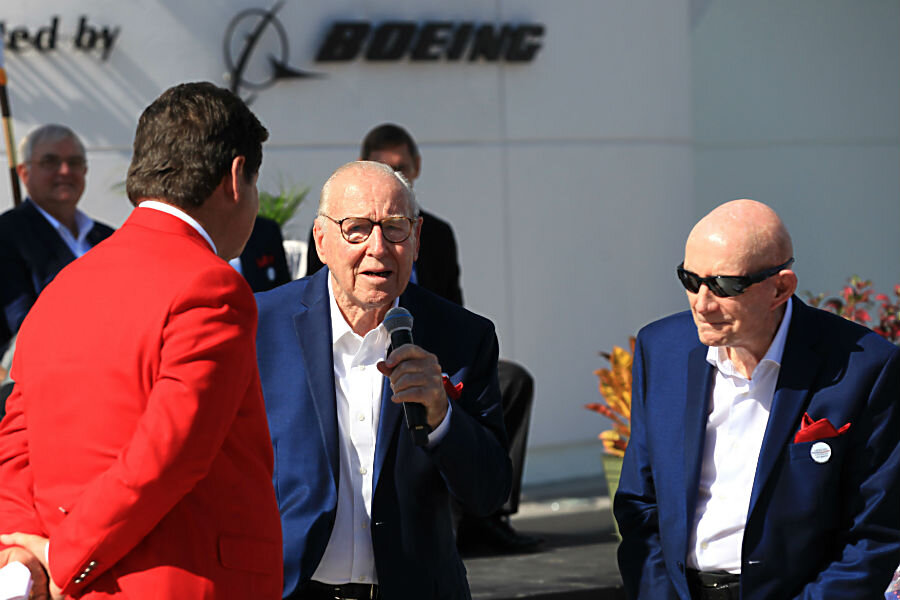Could ‘Heroes’ of NASA’s golden age boost support for Mars program?
Loading...
On Friday – the 50th anniversary of the final Gemini launch – NASA paid tribute to the astronauts who paved the way for future space travel.
Before Apollo, there were Mercury and Gemini. The former was the agency’s first attempt at human spaceflight; the latter gave the United States an edge in the space race against the Soviet Union. The “Heroes and Legends” exhibit, which opened Friday at the Kennedy Space Center in Florida, memorializes the period from 1958 to 1972 when NASA took its first steps toward the final frontier.
“It’s a beautiful exhibit,” said Thomas Stafford, a retired NASA astronaut who flew on two Gemini missions, Apollo 10, and the joint Apollo-Soyuz program, told the Associated Press. “To me, it’s something that’s inspirational... motivational for the young people.”
The hall of fame, lined with portraits of early astronauts, displays a number of artifacts from NASA’s golden age. Stafford’s Gemini 9 spacecraft, which orbited Earth in 1966, is mostly intact. The Sigma 7 capsule, which flew during the Mercury-Atlas 8 mission of 1962, and a cold war-era Redstone ballistic missile, hang overhead.
Some 30 US astronauts, including Jim Lovell and Buzz Aldrin, attended the opening ceremony. The children of Neil Armstrong and the children of Alan Shepard were also in attendance.
But for NASA, the exhibit may be more than just a fitting tribute to the astronauts who pioneered American space travel.
Today, NASA is headed for a new frontier, this one far more daunting than low-Earth orbit or the lunar surface. By the 2030s, the agency hopes to send humans to Mars. To do so, it will likely need a substantially larger budget. And one of the most effective ways to secure more funding is to boost public interest.
Recent studies find that, while many Americans support NASA’s space exploration programs, fewer are willing to foot the bill. The Christian Science Monitor’s Ellen Powell reported:
Half of Americans surveyed in a 2015 Monmouth University poll opposed the government spending "billions of dollars" to send astronauts to Mars, the moon, and asteroids.
In 2014, 25 percent of surveyed Americans said they thought the US already spends too much on space exploration, the National Opinion Research Center’s General Social Survey found.
That’s why Elon Musk’s SpaceX is poised to beat NASA to Mars. Unfettered by congressional red tape, the company has been able to generate billions of dollars in private funding toward the eventual development of a Martian city. But SpaceX’s commercial goals and NASA’s scientific goals may both require “a huge public-private partnership to finance,” Musk told the International Astronautical Congress in September.
This report includes material from the Associated Press.






